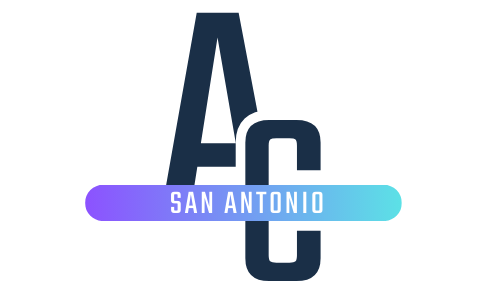You can resurface a concrete driveway to restore its appearance and functionality. Resurfacing involves applying a thin layer of a specialized concrete mixture over the existing Surface, which bonds to the original material. This process helps cover up cracks, discoloration, and other minor imperfections, offering a cost-effective way to rejuvenate your driveway without the expense of a complete replacement.
When Should You Resurface a Concrete Driveway?
Resurfacing is best suited for structurally sound driveways that show signs of wear or superficial damage. It’s not recommended for driveways with deep cracks, severe structural issues, or significant sinking. Here are ideal scenarios for resurfacing:
- Cracks are less than 1/4 inch wide
- No major drainage issues
- The surface shows wear but remains intact
For driveways with extensive damage, resurfacing may not be a viable solution, and replacement could be the better option.
Tools and Materials Needed for Resurfacing
Having the right tools and materials is essential to ensure a professional finish. Here’s what you’ll need:
- Concrete resurfaced – A mixture designed to bond seamlessly with existing concrete.
- Pressure washer – To thoroughly clean the Surface.
- Squeegee or trowel – To spread the resurfacer evenly.
- Crack filler – This is used to repair small cracks before applying the resurfacer.
- Protective gear – Gloves, safety glasses, and boots to ensure safety.
With the proper tools, you’ll be able to achieve a smooth, durable finish.
Steps to Resurface a Concrete Driveway
1. Prepare the Surface
Proper preparation is essential for successful resurfacing:
- Thorough Cleaning: Use a pressure washer to remove dirt, grease, and debris. This ensures the resurfacer adheres properly.
- Inspect the Driveway: Check for cracks or damage and address these before moving to the next step.
2. Repair Cracks
Minor cracks can weaken the resurfacing if not addressed:
- Fill Cracks: Use a concrete crack filler to repair any gaps.
- Dry Completely: Allow the filler to cure fully before proceeding.
3. Mix the Resurfacer
Achieving the right consistency is crucial:
- Follow Manufacturer Instructions: Carefully mix the resurfacer as per the product guidelines.
- Smooth Consistency: The mixture should be smooth and easy to pour, ensuring even application.
4. Apply the Resurfacer
Efficient application ensures a flawless finish:
- Work in Sections: Pour the resurfacer in small, manageable areas.
- Spread Evenly: Use a squeegee or trowel to create a uniform layer.
5. Add Finishing Touches
Enhance the safety and aesthetics of the driveway:
- Non-Slip Texture: Use a broom or brush to create a slightly rough surface.
- Polish Edges and Corners: Ensure all edges are smooth for a professional appearance.
6. Allow to Cure
Curing is vital for durability and longevity:
- 24 Hours for Foot Traffic: Wait at least a day before walking on the surface.
- 48 Hours for Vehicle Use: Allow two full days for the resurfacer to set completely before driving on it.
By following these optimized steps, you can ensure a smooth and durable finish that revitalizes your concrete driveway while enhancing curb appeal.
Benefits of Resurfacing a Concrete Driveway
Resurfacing offers numerous advantages, including:
- Cost-Effectiveness – More affordable than replacing the entire driveway.
- Improved Durability – Extends the life of the driveway.
- Aesthetic Appeal – Restores a fresh, clean look.
- Eco-Friendly – Reduces waste by reusing the existing Surface.
Common Mistakes to Avoid
Avoid these common mistakes to ensure long-lasting results:
- Skipping Surface Preparation – A dirty surface can hinder the bonding process.
- Ignoring Curing Times – Premature use can ruin the finish.
- Using the Wrong Mix – Always use a resurfacer designed explicitly for driveways.
DIY or Hire a Professional?
If you have the tools and skills, resurfacing can be a DIY project. However, hiring a professional is recommended to ensure optimal results for large driveways or significant damage.
Cost of Resurfacing a Concrete Driveway
The cost of resurfacing varies depending on driveway size and materials:
- Small driveways: $300–$600
- Medium driveways: $700–$1,500
- Large driveways: $2,000 and up
Hiring a professional adds labor costs but ensures a flawless finish.
How Long Does a Resurfaced Driveway Last?
With proper maintenance, a resurfaced driveway can last 10–15 years. Regular cleaning, sealing, and promptly addressing minor damage can extend its lifespan.
FAQs About Resurfacing a Concrete Driveway
Does resurfacing make the driveway slippery?
No, you can create a non-slip texture using a broom or brush.
Can I change the driveway’s color during resurfacing?
Yes, pigments or stains can be added for a custom look.
How often should I reseal a resurfaced driveway?
Every 2–3 years to maintain protection and appearance.


